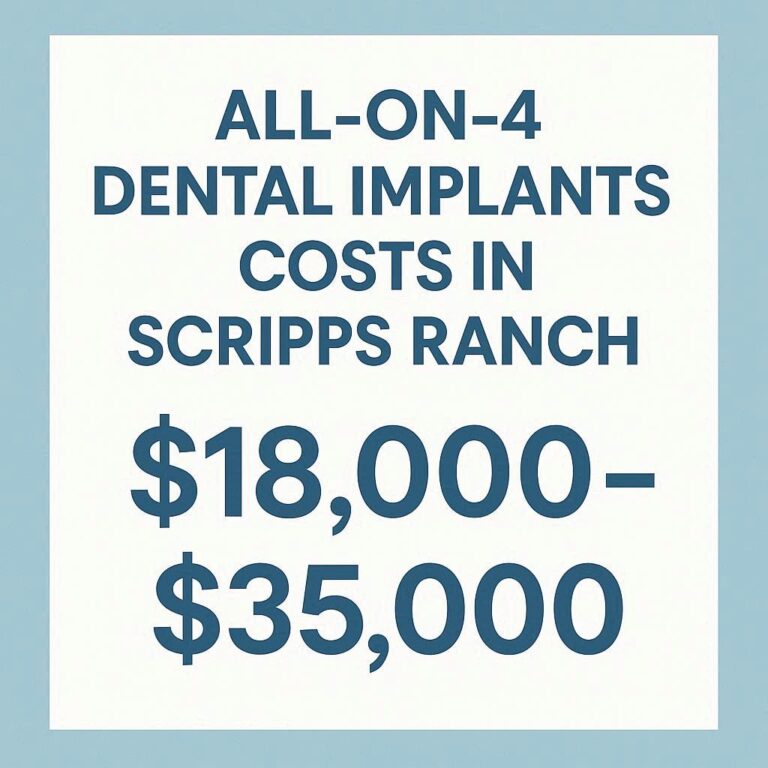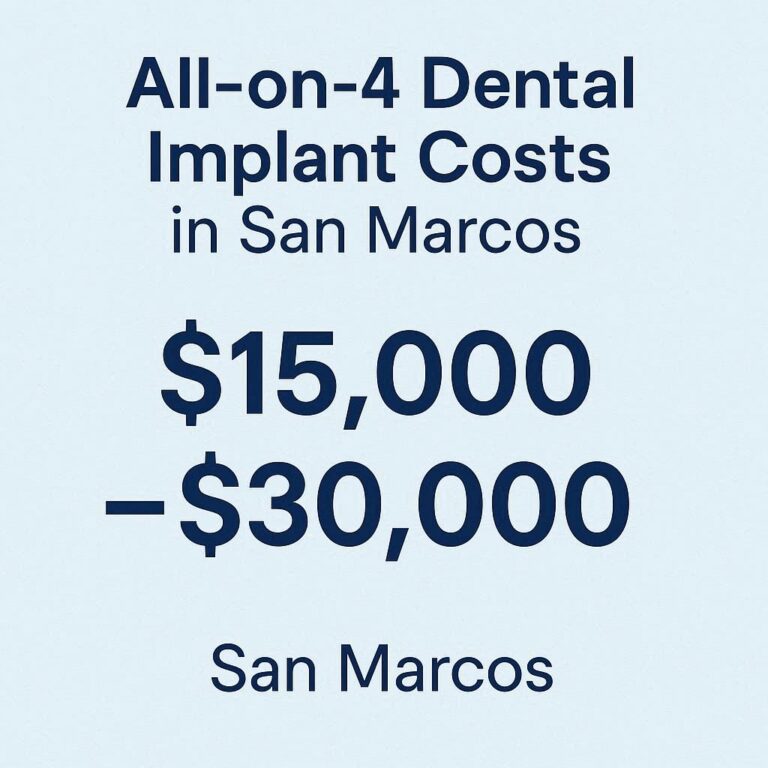Dental Implants Utah Cost
Dental implants have become an increasingly popular solution for replacing missing teeth, offering a durable and natural-looking alternative to dentures and bridges. For residents of Utah, understanding the costs associated with dental implants is crucial, as it involves a significant investment in both time and money. This comprehensive guide will delve into the costs of dental implants in Utah, factors influencing those costs, and the different types of implants available. Whether you are considering dental implants for the first time or looking to compare costs across providers, this article will provide you with all the information you need.

1. What Are Dental Implants?
Dental implants are artificial tooth roots, typically made from titanium, that are surgically placed into the jawbone. They provide a strong foundation for fixed or removable replacement teeth designed to match your natural teeth. Dental implants offer numerous benefits, including improved appearance, speech, comfort, and oral health. Unlike dentures, which can be removed, dental implants are a permanent solution that mimics the function and appearance of natural teeth.
1.1 Components of Dental Implants
- Implant Post: The screw-like post that is inserted into the jawbone.
- Abutment: The connector between the implant post and the crown.
- Crown: The visible part of the tooth that is custom-made to match your natural teeth.
1.2 Types of Dental Implants
- Endosteal Implants: The most common type, placed directly into the jawbone.
- Subperiosteal Implants: Placed under the gum but above the jawbone, typically used for patients with insufficient bone height.
- Zygomatic Implants: Anchored in the cheekbone rather than the jawbone, used in cases of severe bone loss.
2. Factors Influencing the Cost of Dental Implants in Utah
The cost of dental implants in Utah can vary widely depending on several factors. Understanding these factors can help you make an informed decision about your dental care.
2.1 Number of Implants Required
- Single Tooth Implants: Replacing a single tooth involves one implant, an abutment, and a crown.
- Multiple Teeth Implants: For multiple missing teeth, costs increase with each additional implant.
- Full Mouth Implants: A complete set of implants, often referred to as All-on-4 or All-on-6, involves significant costs.
2.2 Material of the Implant
- Titanium Implants: The most commonly used material due to its durability and compatibility with the human body.
- Zirconia Implants: An alternative to titanium, zirconia implants are more expensive but offer a metal-free option.
2.3 Pre-Surgical Procedures
- Bone Grafting: Necessary when there is insufficient jawbone to support an implant, adding to the overall cost.
- Sinus Lift: A procedure to raise the sinus floor and add bone, typically required for upper jaw implants.
2.4 Location of the Dental Clinic
- Urban vs. Rural Areas: Clinics in urban areas like Salt Lake City may charge more than those in rural locations.
- Clinic Reputation: Highly reputed clinics or specialists may have higher fees.
2.5 Dentist’s Experience and Qualifications
- Specialists vs. General Dentists: Specialists in implantology may charge more than general dentists.
- Years of Experience: More experienced dentists often command higher fees.
3. Average Cost of Dental Implants in Utah
The cost of dental implants in Utah can range widely depending on the factors mentioned above. Below is an overview of the average costs associated with various types of implants.
| Type of Implant | Average Cost (Per Implant) | Total Cost (Including Abutment and Crown) |
|---|---|---|
| Single Tooth Implant | $2,000 – $3,000 | $3,500 – $5,000 |
| Multiple Teeth Implants | $1,500 – $2,500 per tooth | $7,000 – $30,000 (varies by number of teeth) |
| Full Mouth Implants (All-on-4) | $15,000 – $20,000 per arch | $30,000 – $60,000 total |
| Full Mouth Implants (All-on-6) | $20,000 – $25,000 per arch | $40,000 – $80,000 total |
Note: These costs are estimates and can vary depending on the factors discussed earlier.
4. Dental Insurance and Financing Options
Dental implants are often considered a cosmetic procedure, which means they are not always covered by dental insurance. However, some insurance plans may cover a portion of the cost, particularly if the implant is necessary due to an injury or illness.
4.1 Insurance Coverage
- Partial Coverage: Some plans may cover the crown or abutment but not the implant post.
- Medical Insurance: In cases where implants are deemed medically necessary, some medical insurance plans may cover part of the cost.
4.2 Financing Options
- In-House Financing: Many dental clinics offer in-house payment plans to help patients manage the cost.
- Third-Party Financing: Companies like CareCredit provide financing options specifically for dental procedures.
- Health Savings Accounts (HSAs) and Flexible Spending Accounts (FSAs): These accounts allow you to use pre-tax dollars to pay for dental implants.
5. Additional Costs to Consider
When budgeting for dental implants, it’s important to consider additional costs that may arise during the treatment process.
5.1 Consultation Fees
- Initial consultations and X-rays may incur additional charges, depending on the clinic.
5.2 Post-Surgical Care
- Follow-up visits, adjustments, and any potential complications can add to the overall cost.
5.3 Maintenance and Replacement
- Dental implants require regular maintenance, and crowns may need replacement every 10-15 years.
6. The Dental Implant Process in Utah
Understanding the process of getting dental implants can help you prepare for what to expect, both in terms of time and cost.
6.1 Initial Consultation
- During the initial consultation, your dentist will assess your oral health, take X-rays, and discuss your options.
6.2 Pre-Surgical Procedures
- If necessary, pre-surgical procedures like bone grafting or a sinus lift will be performed.
6.3 Implant Placement
- The implant post is surgically placed into the jawbone, followed by a healing period of several months.
6.4 Abutment Placement
- Once the implant has fused with the bone, the abutment is placed.
6.5 Crown Placement
- The final step involves placing the crown, which is custom-made to match your natural teeth.
7. Choosing the Right Dentist in Utah
Selecting the right dentist for your dental implant procedure is crucial for achieving the best results. Here are some tips to help you make an informed decision.
7.1 Check Credentials
- Ensure the dentist is board-certified and has specialized training in implantology.
7.2 Read Reviews and Testimonials
- Online reviews and patient testimonials can provide insights into the quality of care provided by the dentist.
7.3 Ask for Before and After Photos
- Viewing before and after photos of previous patients can give you an idea of the dentist’s work.
7.4 Consider the Clinic’s Technology
- A clinic equipped with the latest dental technology may offer more precise and comfortable treatment.
8. Benefits and Risks of Dental Implants
While dental implants offer numerous benefits, it’s important to be aware of the potential risks involved.
8.1 Benefits
- Durability: Implants can last a lifetime with proper care.
- Natural Appearance: Implants look and feel like natural teeth.
- Improved Oral Health: Implants help maintain jawbone structure and prevent bone loss.
8.2 Risks
- Infection: There is a risk of infection at the implant site.
- Nerve Damage: Improper placement can lead to nerve damage, causing pain or numbness.
- Implant Failure: Though rare, implants can fail if they do not properly integrate with the bone.
9. Alternatives to Dental Implants
If dental implants are not the right option for you, there are several alternatives to consider.
9.1 Dentures
- Full Dentures: For patients missing all teeth in a jaw.
- Partial Dentures: For patients missing several teeth.
9.2 Dental Bridges
- Traditional Bridges: Supported by adjacent natural teeth.
- Implant-Supported Bridges: Supported by implants rather than natural teeth.
9.3 Resin-Bonded Bridges
- Also known as Maryland bridges, these are less invasive and less expensive but not as durable as traditional bridges.
10. Conclusion
Dental implants in Utah offer a reliable and long-lasting solution for missing teeth, but the costs can be significant. By understanding the factors that influence the cost and exploring financing options, you can make an informed decision that best suits your needs. Whether you are looking for a single implant or a full-mouth restoration, it’s essential to choose a qualified dentist and carefully consider all aspects of the procedure.
FAQs
Q1: How long do dental implants last?
- Dental implants can last a lifetime with proper care and maintenance. The crown may need replacement every 10-15 years.
Q2: Is the dental implant procedure painful?
- The procedure is typically performed under local anesthesia, so you should not feel pain during the surgery. Some discomfort may occur during recovery.
Q3: How long does the entire dental implant process take?
- The process can take anywhere from 3 to 9 months, depending on the need for pre-surgical procedures and the healing time required.
Q4: Can anyone get dental implants?
- Most people who are in good general health and have sufficient jawbone can receive dental implants. However, certain conditions like uncontrolled diabetes may affect eligibility.
Q5: What is the success rate of dental implants?
- Dental implants have a high success rate, typically around 95% to 98%.
Additional Resources
- American Academy of Implant Dentistry: AAID
- Utah Dental Association: UDA
- Mayo Clinic on Dental Implants: Mayo Clinic


